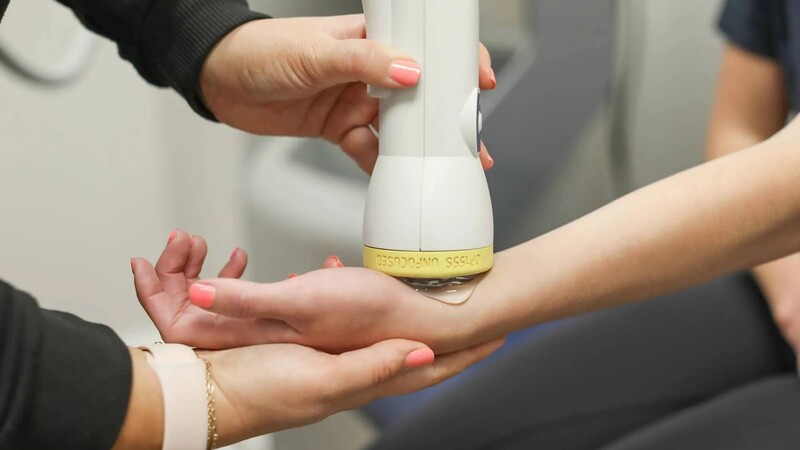Back and neck pain are among the most common reasons people seek conservative care for relief. With so many non-invasive options available today, it can be hard to decide which treatment approach is right for your condition. Two of the most widely used methods—spinal decompression therapy and traditional chiropractic care—offer effective solutions for a variety of spinal issues. But how do they differ? And more importantly, which one is best for your needs?
Let’s break down the key differences, benefits, and ideal candidates for each approach so you can make an informed decision about your health.
What Is Spinal Decompression Therapy?
Spinal decompression therapy is a non-surgical technique that uses controlled mechanical traction to gently stretch the spine. This decompression creates negative pressure within the spinal discs, allowing bulging or herniated discs to retract. It also improves blood flow and nutrient exchange in the disc, supporting the body’s natural healing process.
Patients typically lie on a specialized decompression table that targets specific areas of the spine. The treatment is computer-guided, allowing precise adjustments in pressure and duration. It’s a comfortable, low-impact therapy often used for:
- Herniated or bulging discs
- Degenerative disc disease
- Sciatica
- Pinched nerves
- Chronic lower back or neck pain
What Is Traditional Chiropractic Care?
Chiropractic care focuses on restoring proper alignment of the spine and joints through manual adjustments. A chiropractic adjustment involves applying controlled force to misaligned joints, most often in the spine, to reduce inflammation, restore mobility, and relieve nerve irritation.
This form of care is ideal for treating conditions such as:
- Joint stiffness and mobility issues
- Postural imbalances
- Tension headaches
- Acute or chronic back and neck pain
- Muscle tightness from repetitive stress or sedentary habits
Traditional chiropractic techniques emphasize improving the body’s structural alignment to enhance movement and relieve pressure on nerves and muscles.
Key Differences Between Spinal Decompression and Chiropractic Care
While both therapies aim to relieve pain and restore function, there are important distinctions in how they work and what they target.
| Aspect | Spinal Decompression Therapy | Traditional Chiropractic Care |
| Method | Mechanical traction using a specialized table | Manual adjustments using hands or instruments |
| Primary Focus | Disc decompression, nerve root relief | Joint alignment, nerve function, spinal mobility |
| Ideal For | Herniated discs, sciatica, degenerative disc disease | Muscle tension, postural correction, joint issues |
| Session Experience | Passive, typically 15–30 minutes per session | Hands-on, brief adjustments with follow-up care |
| Tools Used | Computer-guided decompression equipment | Manual techniques and adjusting tools |
Some patients may benefit from a combination of both therapies to address multiple facets of their pain or mobility limitations.
Choosing the Right Approach for Your Needs
The choice between spinal decompression and chiropractic adjustments often comes down to your specific condition, pain source, and overall health goals.
Consider spinal decompression if you:
- Have been diagnosed with a herniated or bulging disc
- Experience numbness, tingling, or radiating leg pain (sciatica
- Want to avoid surgery or injections for disc-related pain
- Have not found relief with traditional adjustments alone
Consider chiropractic adjustments if you:
- Struggle with poor posture, muscle tightness, or misalignment
- Suffer from tension headaches or neck stiffness
- Need help improving mobility and range of motion
- Want to correct long-term musculoskeletal imbalances
Working with a knowledgeable provider can help determine which path is best, or whether a combination of both treatments would provide the most comprehensive relief.
Can You Combine Both Treatments?
Absolutely. In fact, many chiropractic clinics integrate spinal decompression therapy with traditional chiropractic adjustments as part of a broader care plan. Decompression can relieve disc pressure and reduce nerve irritation, while adjustments can correct joint misalignments and restore overall function.
This integrated approach can be especially effective for patients with complex conditions involving both structural alignment and disc-related pain.
If you’re exploring this route, look for a reliable provider that offers both spinal decompression and chiropractic care under one roof to ensure coordinated treatment.
Final Thoughts: Personalized Care for Lasting Relief
Back and neck pain rarely has a one-size-fits-all solution. Whether you choose spinal decompression therapy, traditional chiropractic adjustments, or a combination of both, the key is finding a treatment plan tailored to your specific needs.
By understanding how each method works and what conditions they target, you can take the first step toward long-term pain relief and better mobility, without relying on surgery or medication.









